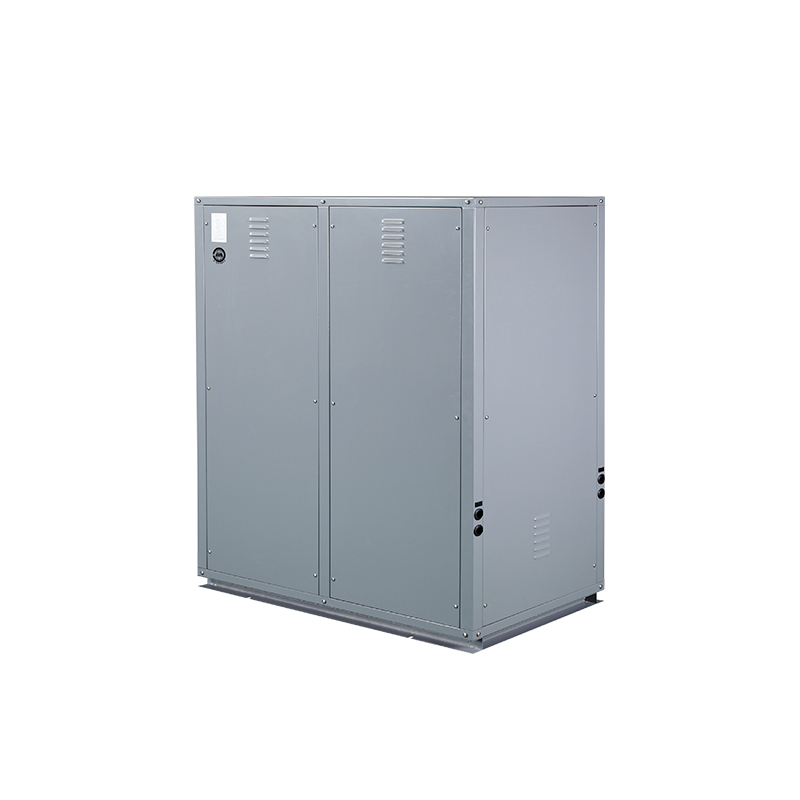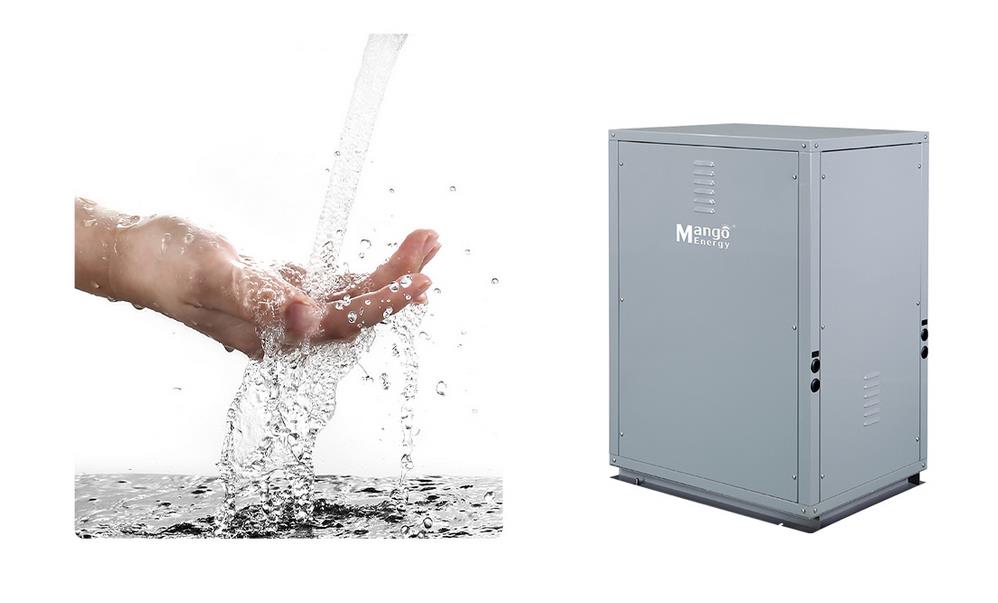
Geothermal heat pumps (GHPs) are widely recognized for their efficient heating capabilities, utilizing the stable temperatures below the Earth's surface to provide warmth during colder months. However, a common question arises: Can geothermal heat pumps be used for cooling? The answer is a resounding yes. This article explores how geothermal energy heat pumps function for cooling, the advantages they offer, and the associated costs, including the geothermal heat pump cost.
1. How Geothermal Heat Pumps Work for Cooling
Geothermal heat pumps operate on the principle of heat exchange with the ground. While they are effective for heating, they can also reverse the process to cool indoor spaces. Here’s a breakdown of the cooling process:
Heat Absorption: During the cooling mode, the GHP extracts heat from the indoor air. This heat is then transferred to the fluid circulating in the ground loop system.
Heat Dissipation: The absorbed heat is carried through the loop system into the ground. Since the ground maintains a cooler temperature compared to the outside air during summer, it effectively absorbs and dissipates this heat.
Cool Air Circulation: After releasing the heat into the ground, the cooled fluid returns to the heat pump, which then circulates cool air throughout the building, maintaining a comfortable indoor temperature.
This process is highly efficient due to the stable underground temperatures, making GHPs effective for both heating and cooling year-round.

2. Advantages of Using Geothermal Heat Pumps for Cooling
Energy Efficiency: Geothermal heat pumps are significantly more efficient than traditional air conditioning systems. Traditional air conditioners struggle with higher outside temperatures, but GHPs leverage the constant, cooler ground temperatures, maintaining high efficiency and reducing energy consumption.
Cost Savings: Although the initial geothermal heat pump cost can be high, the long-term savings are substantial. The operational costs are lower due to the system’s high efficiency, leading to reduced energy bills over time. Additionally, many regions offer incentives and tax credits for installing geothermal systems, helping offset the initial costs.
Environmental Benefits: GHPs have a minimal environmental impact. They use renewable geothermal energy, which reduces reliance on fossil fuels and decreases greenhouse gas emissions. This makes them an eco-friendly alternative to conventional cooling systems.
Longevity and Durability: Geothermal systems are known for their durability and long lifespan. The ground loop components can last over 50 years, while the indoor heat pump unit typically lasts around 25 years. This longevity reduces replacement and maintenance costs compared to traditional systems.
3. Geothermal Heat Pump Cost
The cost of installing a geothermal heat pump system can vary widely depending on several factors, including the size of the home, the type of loop system (horizontal, vertical, or pond/lake), and the local labor rates. Here’s a closer look at the costs involved:
Initial Installation Cost: The average cost to install a geothermal heat pump system ranges from $10,000 to $30,000. This includes the price of the heat pump unit, the installation of the ground loop system, and any necessary modifications to the existing ductwork or heating/cooling infrastructure.
Operating Costs: Once installed, geothermal heat pumps have lower operating costs compared to traditional HVAC systems. The efficiency of the system means that it uses less electricity to achieve the same level of cooling, resulting in lower monthly utility bills.
Maintenance Costs: Maintenance requirements for GHPs are relatively low. Regular checks and minor upkeep, such as ensuring the loop system fluid levels are correct and the indoor components are clean, are usually sufficient. These low maintenance needs further contribute to the cost-effectiveness of geothermal systems.
Incentives and Rebates: Various government incentives and rebates are available to promote the adoption of renewable energy systems. These can significantly reduce the geothermal heat pump cost. Homeowners can benefit from federal tax credits, state incentives, and local utility rebates, which can collectively cover a substantial portion of the installation expenses.
Conclusion:
Geothermal heat pumps are not only effective for heating but also offer efficient and environmentally friendly cooling solutions. By leveraging the consistent temperatures of the earth, these systems provide reliable cooling with lower energy consumption and reduced operational costs. While the initial geothermal heat pump cost can be substantial, the long-term savings, durability, and environmental benefits make it a worthwhile investment. As awareness and adoption of geothermal energy heat pumps increase, they stand to play a crucial role in sustainable, year-round home climate control.





